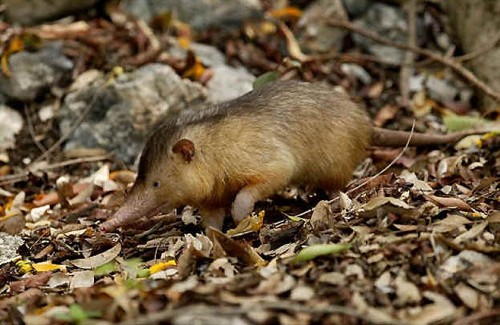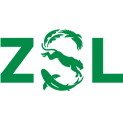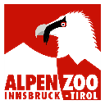Endemic to the island of Hispaniola (Haiti and the Dominican Republic). Solenodon paradoxus paradoxus occurs in northern Hispaniola. S. p. woodi occurs in the south of the island, in the Sierra de Baoruco-Jaragua region of the southwest Dominican Republic. The southern population has been further divided following phylogenetic and morphometric analyses by, with a third, distinct subspecies S. p. haitiensis recognised from the Massif de la Hotte area of Haiti. The species’ range has substantially decreased with following centuries of deforestation, particularly in Haiti, but the solenodon remains relatively widely distributed in the forests of the Dominican Republic today. It is classified as Least Concern, but there is ongoing habitat destruction and degradation across several parts of its range.
How this species is doing
Pressure
The main threats are habitat loss due to agricultural encroachment, charcoal production, and urban development. The impact of exotic predators, such as dogs, cats and mongooses has not been quanitified, although feral dogs are known to have severe localised impacts on solenodon populations. Since the species had no natural predators before European colonisation of Hispaniola, and is a slow clumsy mover, it does not possess many defences against introduced animals.
Responses
The species is fully protected by law and occurs in a number of national parks in the Dominican Republic. However, national parks in both the Dominican Republic and Haiti are threatened by deforestation and encroachment for farming and charcoal production. The US Agency for International Development and the Nature Conservancy are currently working with local non-governmental organisations to improve protection and implement management plans for these parks (Parks in Peril programme). Two Darwin Initiative-funded conservation research and education programmes have recently been established focusing on solenodons in both the Dominican Republic and Haiti: “Building evidence and capacity to conserve Hispaniola’s endemic land mammals” (started 2009), and “Building a future for Haiti’s unique vertebrates” (started 2010). These collaborative projects represent a partnership between the EDGE programme, the Durrell Wildlife Conservation Trust, BirdLife International, the Sociedad Ornitologica de la Hispaniola, the Dominican Republic National Zoo, Societe Audubon Haiti, and in-country project partners.








